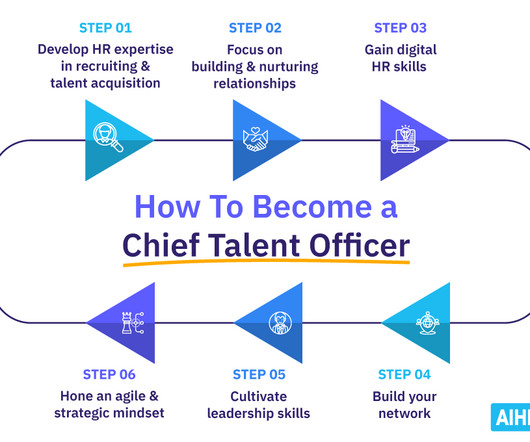The Top 5 Employee Engagement Challenges That Government Agencies Face
Cornerstone On Demand
APRIL 26, 2018
These challenges often prevent them from being able to offer innovative projects to younger employees, use compensation as a performance motivator or tout growth opportunities, which are frequently defined by tenure rather than performance. Engagement equals increased morale, and increased morale equals engagement," says Camille M.























































Let's personalize your content